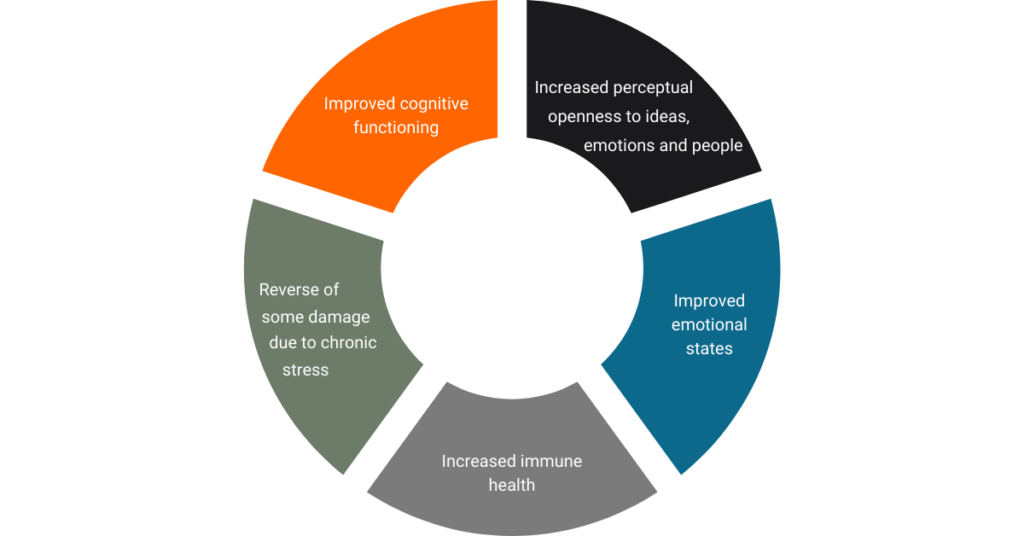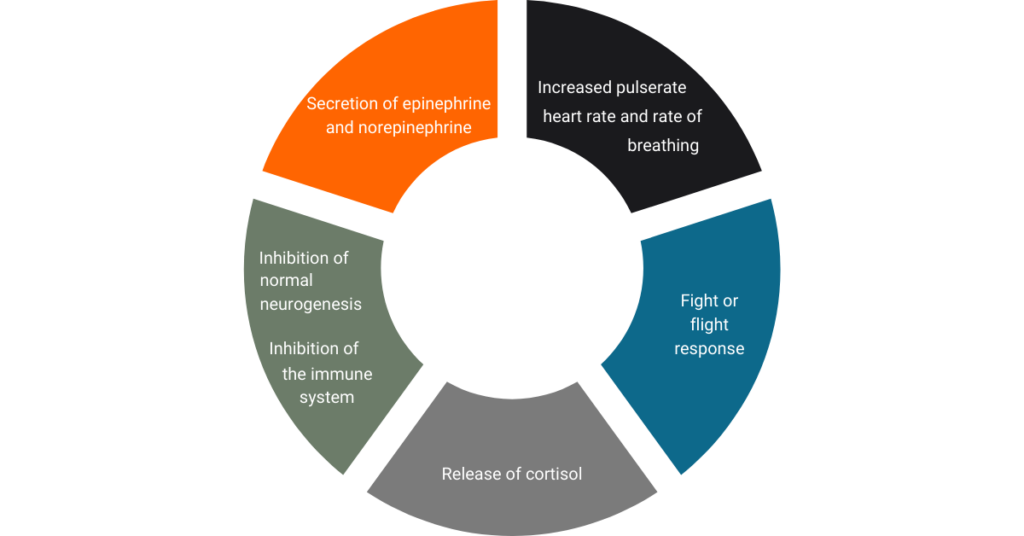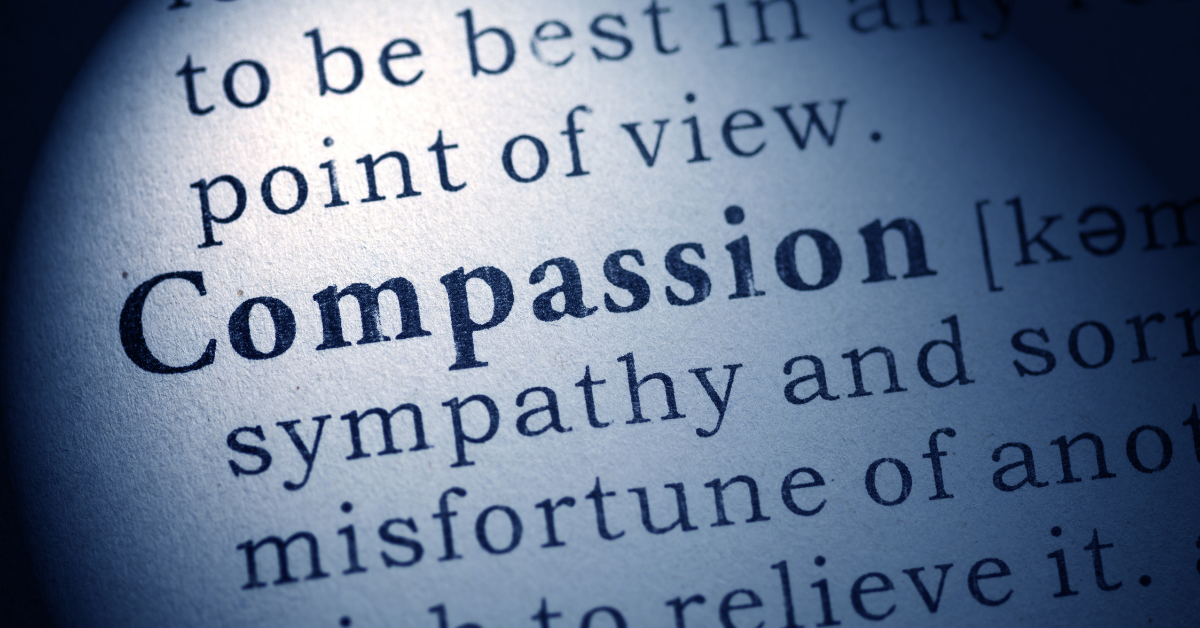Last week I presented with Fiona Cosgrove from Wellness Coaching Australia at the Health & Productivity Management Congress in Sydney. The Congress is all about the corporate health community including the latest research and programs from around the world. Fiona and I presented on the role of coaching in engaging the client in corporate health programs.
A recurring theme in the presentations at the congress was that the major barrier to the success of corporate health programs was participant engagement, so our presentation – looking at ways to better engage participants – was well received.
When examining health and fitness in the general community, engagement is also a major barrier to producing change and results. Because, as I have said before, there is no end of programs, fitness centres and education programs out there; however, it is engaging people to use them that is the challenge.
Coaching is a growing area to improve this engagement and one in which I have a strong belief. Fiona has been involved over the last 12 months at looking at research that actually provides evidence that individuals coached in a certain way target areas of the brain that gain much higher engagement rates than participants involved in other modes of “education”. Today’s blog will give a brief summary of Fiona’s part of the presentation.
The research showed however that not just any type of coaching is valuable, rather coaching with compassion (as opposed to coaching for compliance). For example, consider the difference between being asked “Who do you want to be?” as opposed to “What do you need to do?” One focuses on possibilities and the other on weaknesses.
The study conducted by Richard Boyatzis used techniques to provide images of neural mechanics of the brain under the different styles of coaching. It was found that the different styles aroused either positive or negative emotional attractors in the brain which produced very different effects.
Positive emotional attractors are associated with:

So by coaching with compassion we can target these positive emotional attractors and the session becomes about hope for the future, possibilities, dreams, optimism for the future, a sense of joy and physiological arousal of the parasympathetic nervous system.
Negative emotional attractors are associated with:

So by coaching with compliance we target these negative emotional attractors and the session becomes about defensiveness, threat, guilt, feelings of depression and anxiety, unpleasant engagement with the environment and physiological arousal of the sympathetic nervous system.
So how you are introduced to a program and coached along that program’s path can really effect your level of engagement and, ultimately, the results you produce.
Are you being coached with compassion or compliance?
Thanks Fiona Cosgrove for allowing me to use this information in this weeks blog and for further information on Fiona’s work visit wellnesscoachingaustralia.
Next week the practical application of engagement.




